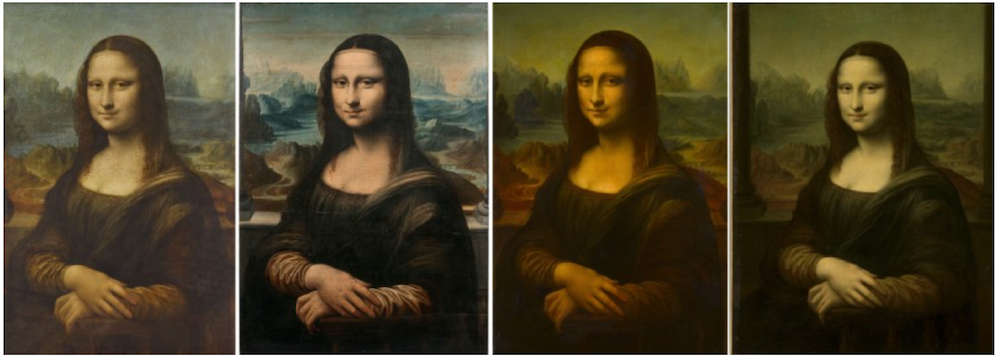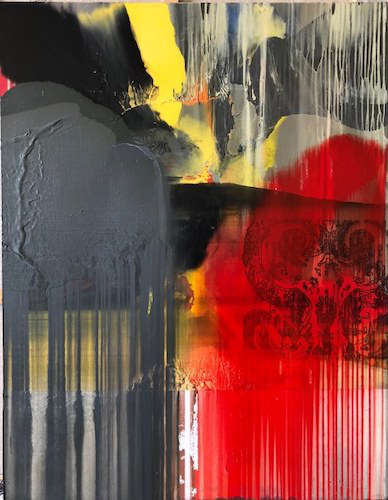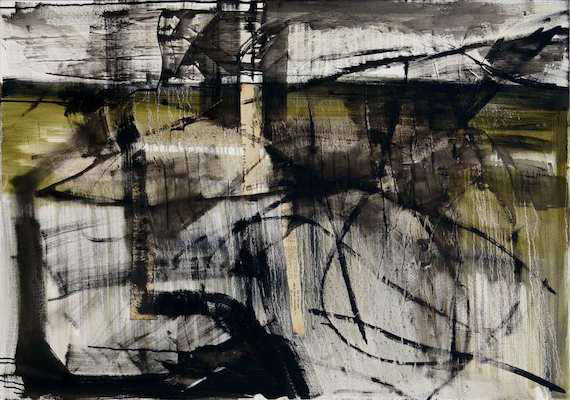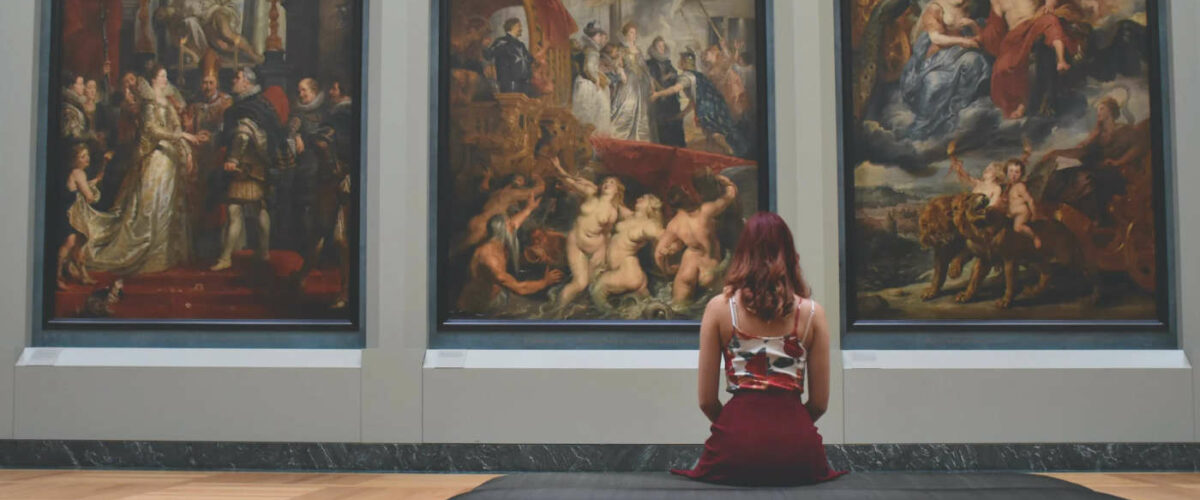On our website, next to each picture, the phrase “in a single copy” is written. In this article, we will talk about what an author’s copy of a painting is, what options for copying are, and how to purchase an exclusive thing – a painting in a single copy.
Author’s copy, replica, compilation, reproduction – what’s the difference?
There are many different options for copying a painting. In this article, we do not claim to be exhaustive, but roughly divide them like this:
1. Copy = replica
The artist writes a copy of his or someone else’s painting, trying to repeat it one to one.
For example, as was the case with many famous paintings, including the portrait of Lisa Gherardini, the wife of Francesco del Giocondo (“Mona Lisa”) by Leonardo Da Vinci. There are at least four copies of this painting – Leonardo himself and his students.
The reasons for creating such copies are different – the study of variants of the painting by the author himself, the study of the master’s works by students, the desire to re-sell a commercially successful work, and a tribute to traditions. The history of art is full of such examples. It happens that the picture comes to us only in the form of a student copy, or a replica takes a place in the museum on a par with the original.

2. Author’s version (compilation)
The artist in the image of one work creates a similar one. He can make changes in color, and composition, but the question of which work he copied will not arise. A compilation can also be made based on another person’s picture.
The reasons are the same.

3. Reproduction
A reproduction is a copy made with the help of technical means (printing on canvas, prints, painting over a print). There are many manufacturers offering such products.
Copies may vary in value. From the cost of the course, in which anyone will write their own replica of a famous painting (the law allows you to copy works over 70 years old), to the multi-million dollar value of the lot at Sotheby’s.
How do we treat copies of paintings?
We do not offer our clients any replicas – neither authors nor copies of other people’s paintings. In the contract with the artist, this issue is prescribed as a separate item.
We recognize the existence of historical replicas, art courses, and pop art painting styles, the essence of which is replication, but we only sell unique paintings.
In addition, we would like to point out the following important points.
Author and copyist are different professions
First, let’s separate artists-authors and artists-copyists in different directions.
“You can write a good copy of a classic, you can write a good copy of a Van Gogh, but you have to be a good copyist. The work of a copyist, like the work of a restorer, is distinguished by an analytical approach, while the approach of an artist is intuitive. For an artist, an idea is important. For a copyist and restorer, it is the maximum reliability, it is important for them to paint a picture as close as possible to the original.”
Curator of the SMART Gallery.
The author and the copyist are different professions.

Not every style can be repeated
On the sites of copy artists, among the examples of completed works, classical works and impressionism are most often found. Firstly, even in art schools, the study of art history ends with impressionism, which means that many people are simply not familiar with later painting styles.
Secondly, classical painting is more realistic to copy. It is built on clear laws, it has more predictability and calculation. The curator of our gallery and at the same time the artist Maria Gorbunova believes that, for example, an expressionist work that contains an act of chance cannot be repeated. “I can’t repeat my paintings,” she says.
An abstract work cannot be repeated by the author himself. Mood, body condition, time of day, light matter. An artist is not a scanner to repeat even a recently completed work.

It is not profitable for an artist to make a copy of his work
We know that this statement is debatable (from the point of view of the artist) because one of the reasons for creating replicas of your own work is commercial gain. But if we talk about professional art, then this gain is temporary.
We are talking, rather, about the benefits that an artist’s reputation creates. Each repetition of the picture reduces the value of the original, the exclusive is more expensive. The owner of the original is often unaware of the later copy, and if the story gets out, the author’s image may suffer. In the age of social media, word of mouth is much faster. In addition, according to the digital footprint that each Internet user leaves, it is enough to simply understand whether the artist writes repetitions of his works or not.
How to find exclusive art – a painting in a single copy?
- Contact only specialized art galleries, and ask questions about the work of a particular artist, in particular, whether he creates copies of his works.
- Do not look for paintings on popular online marketplaces.
- Do not buy paintings through sites where that are adjacent to household items. The very fact of placing paintings on such resources seriously undermines the reputation of the artist and his work.
- Be very careful with online sites that sell vintage and antiques. Without professional judgment, we recommend using extreme caution when purchasing from such sites.
- Do not buy paintings on the street from anyone. A self-respecting professional artist in modern realities will not stand on the street and offer his paintings.
The SMART Gallery values its reputation very much and checks the work of each author for copies.
